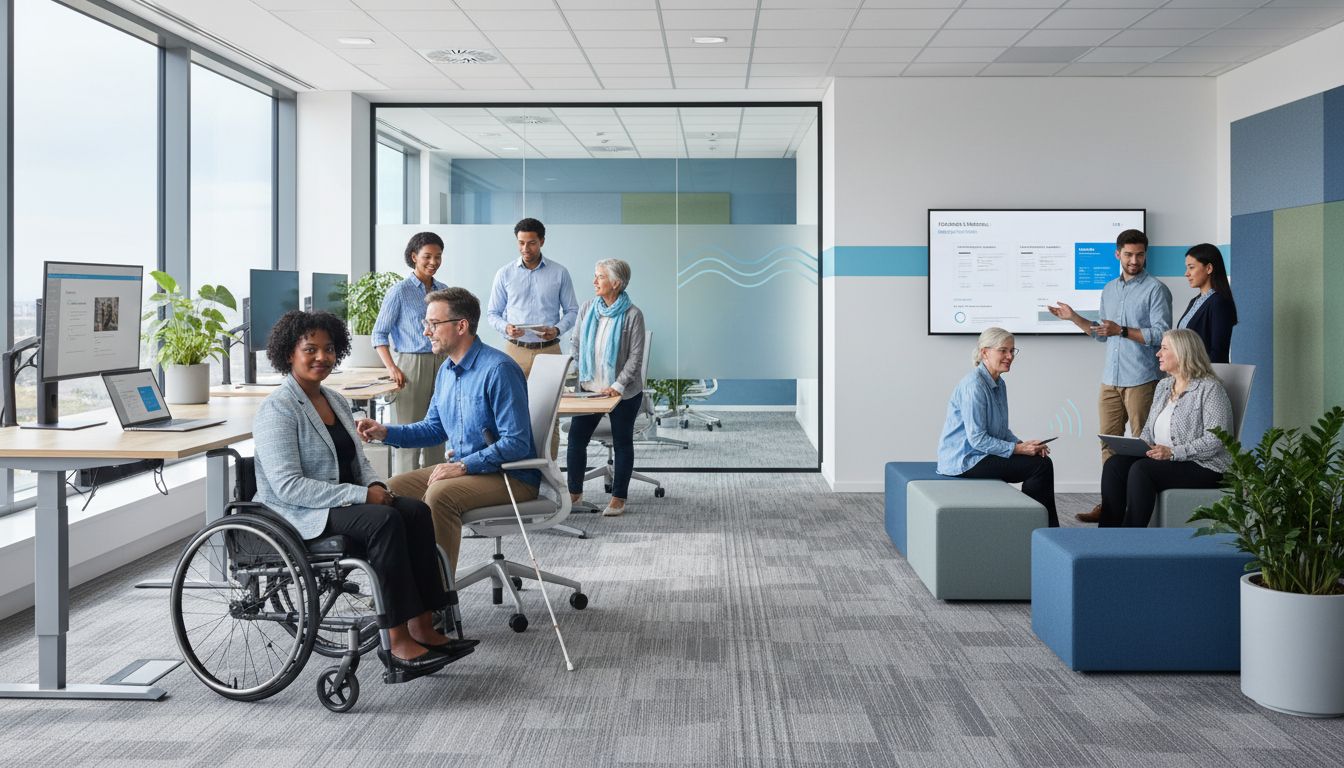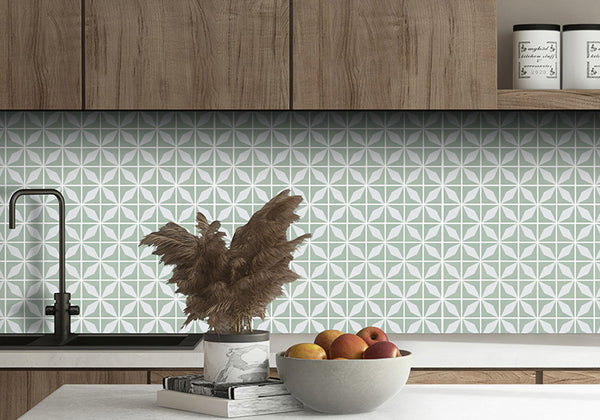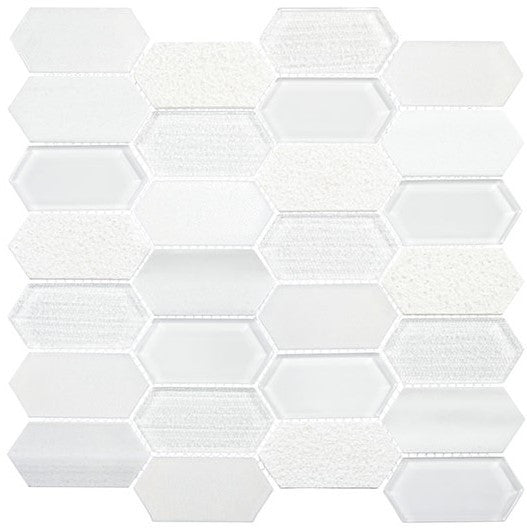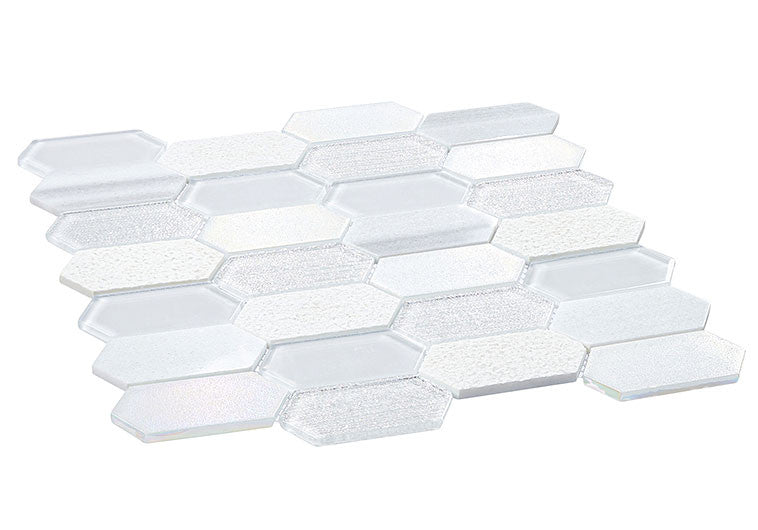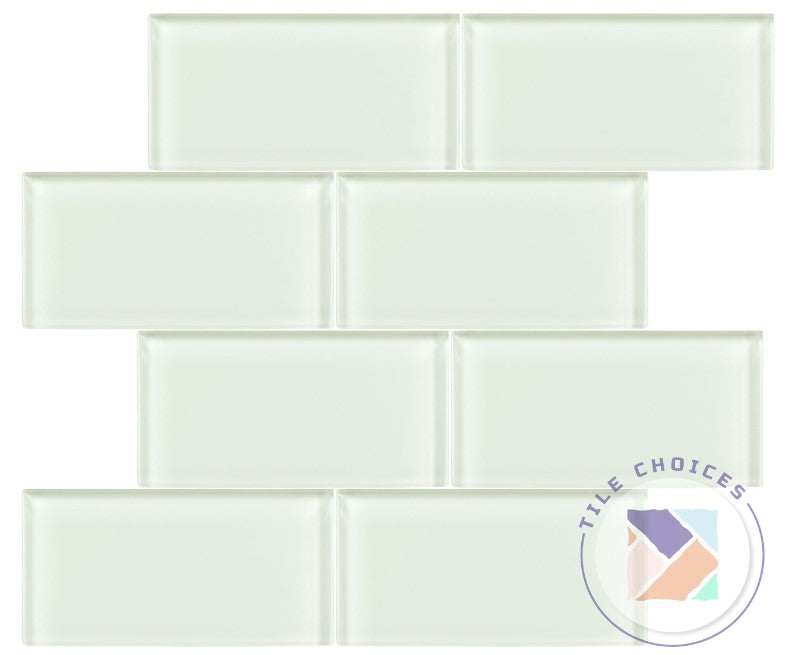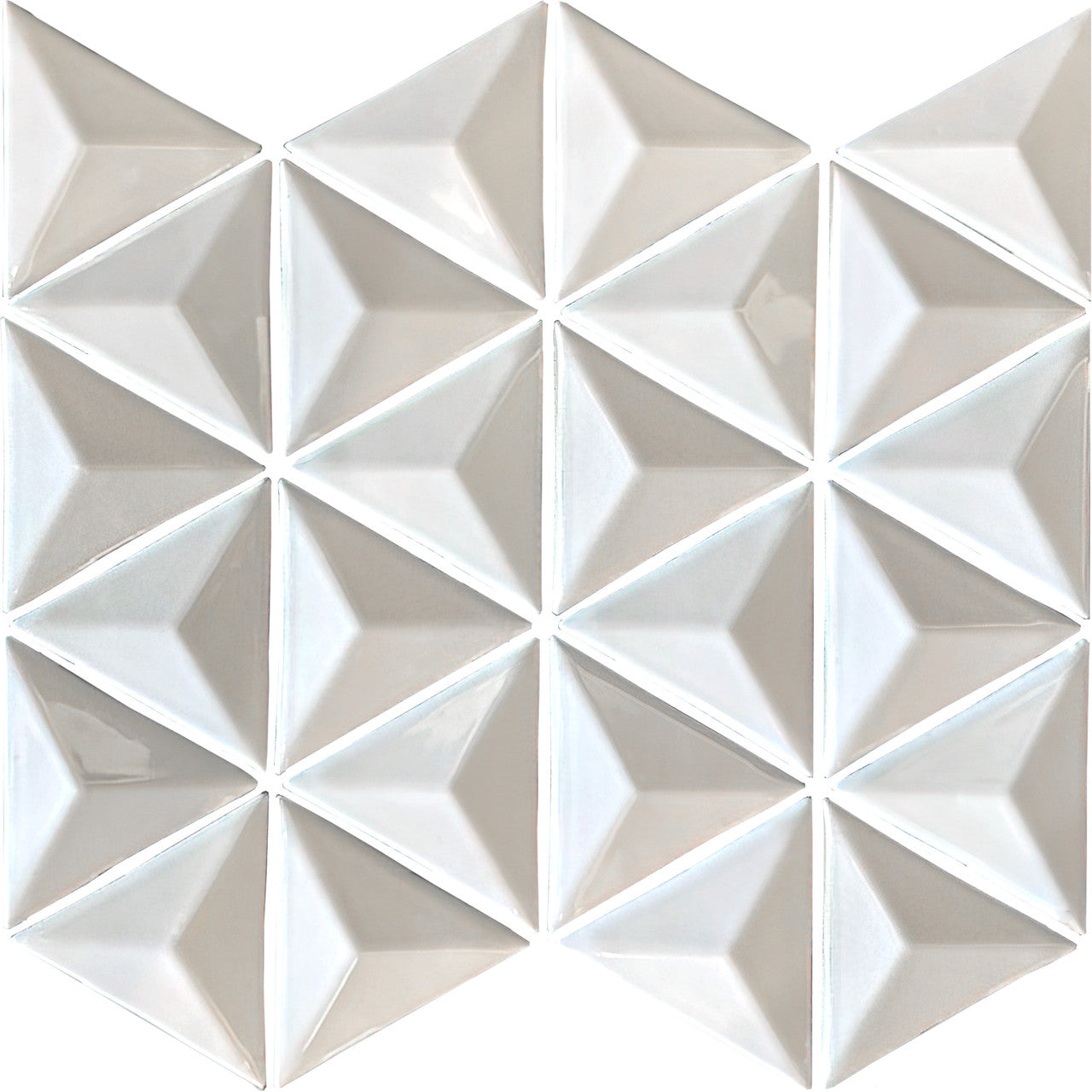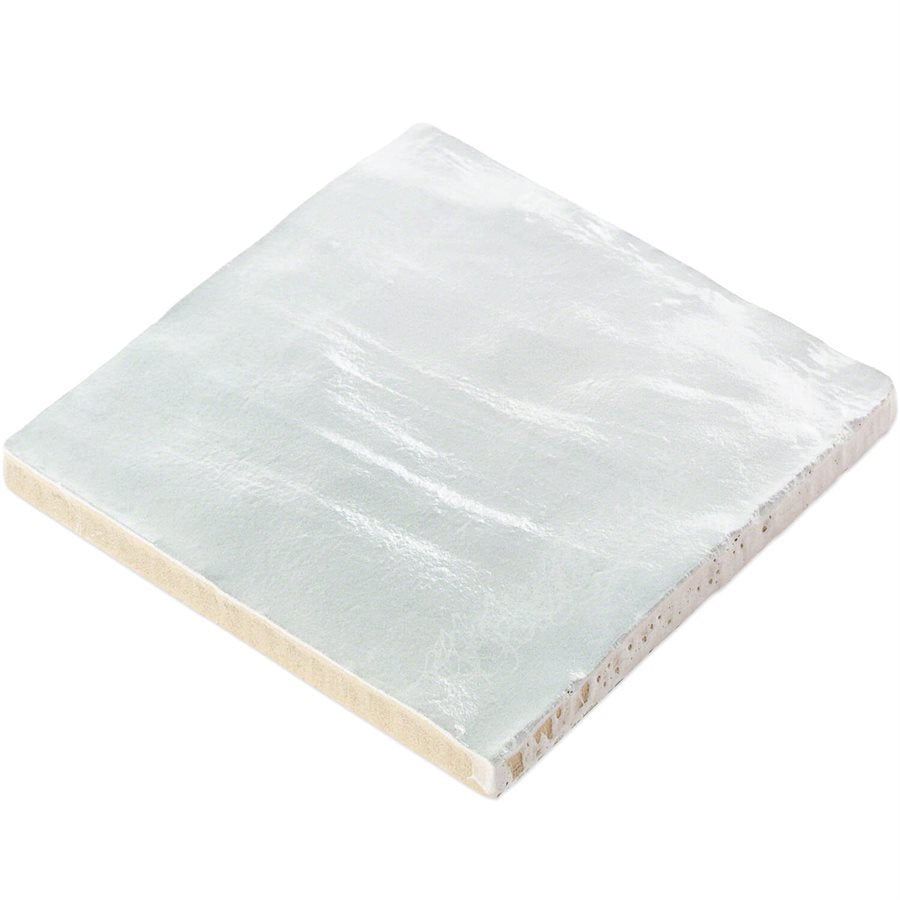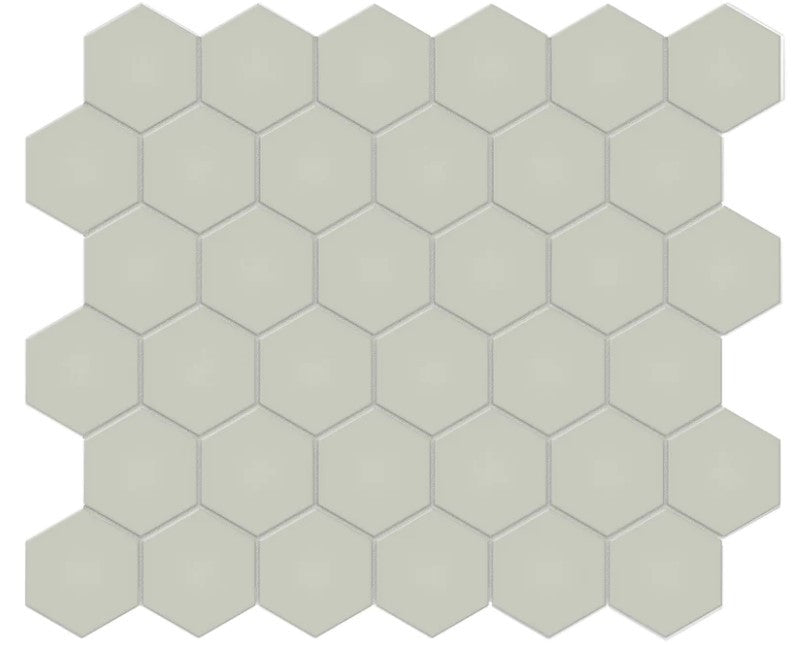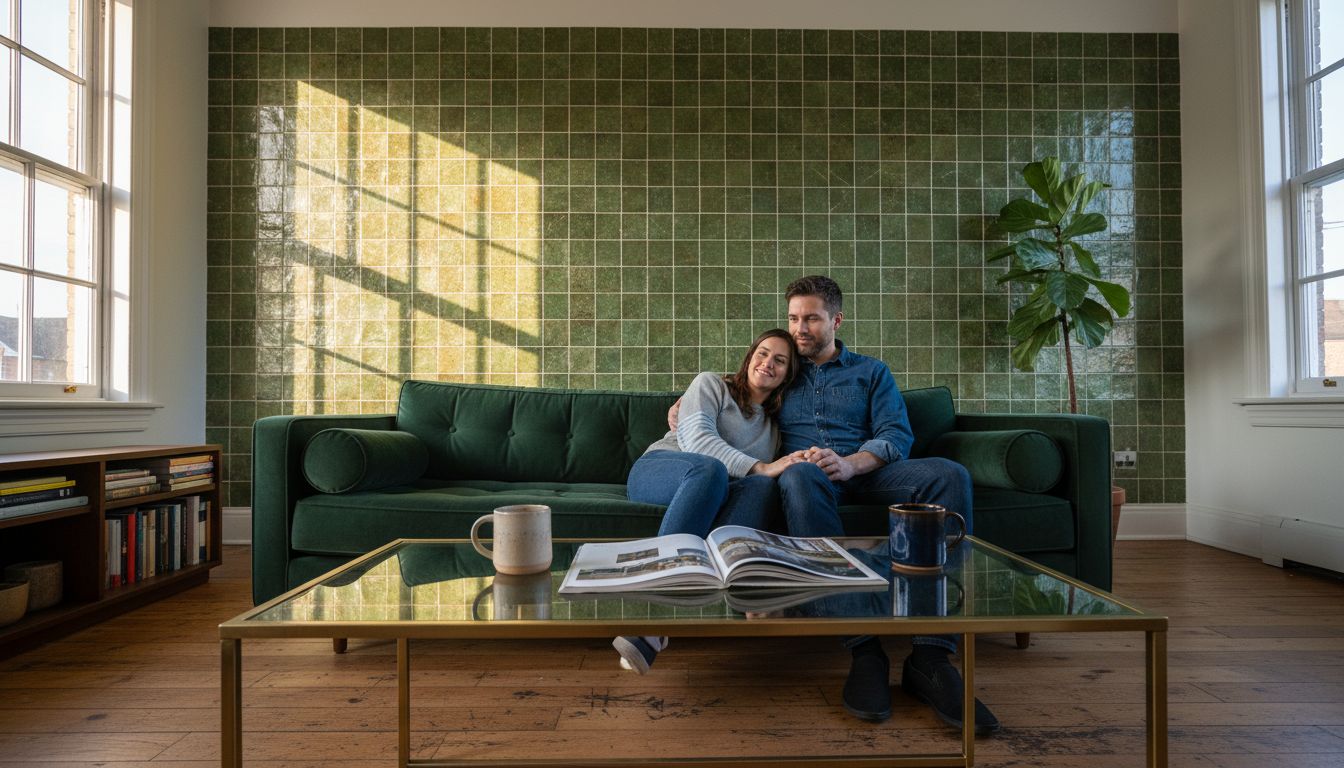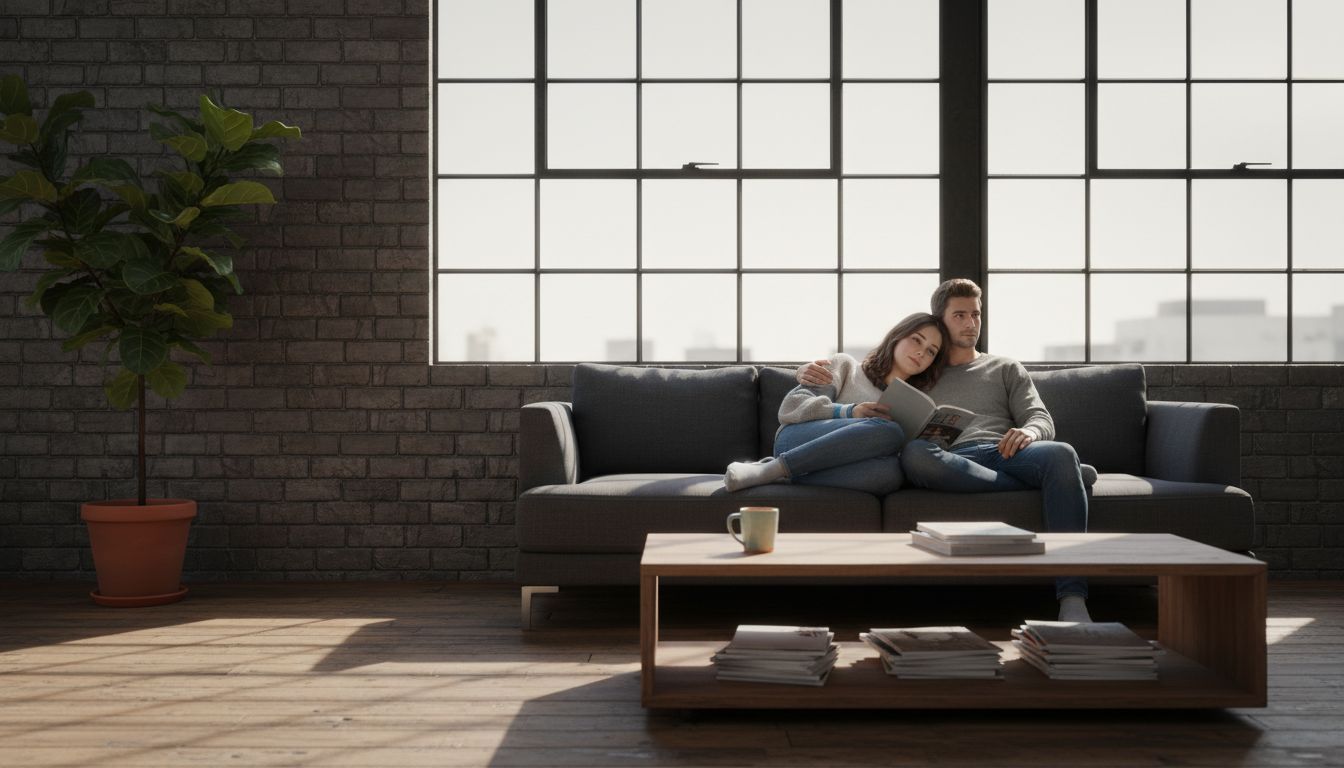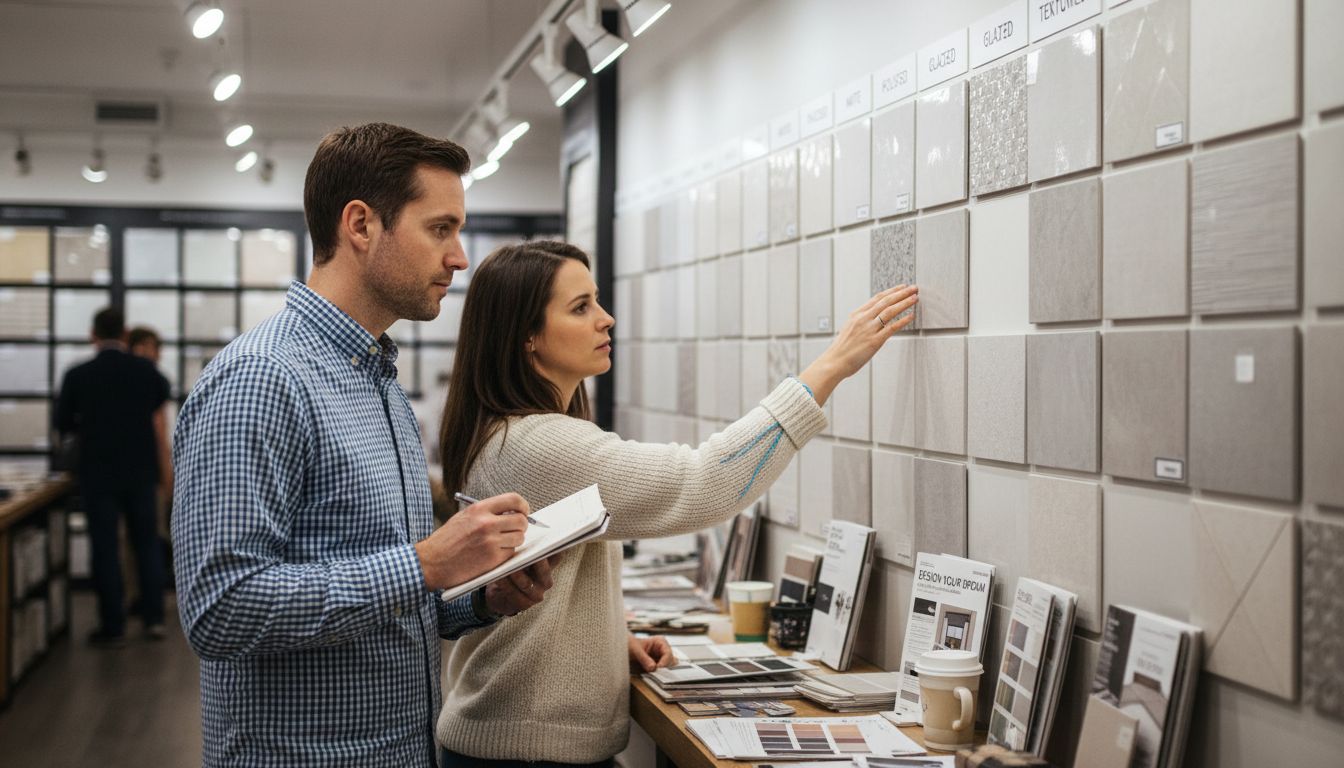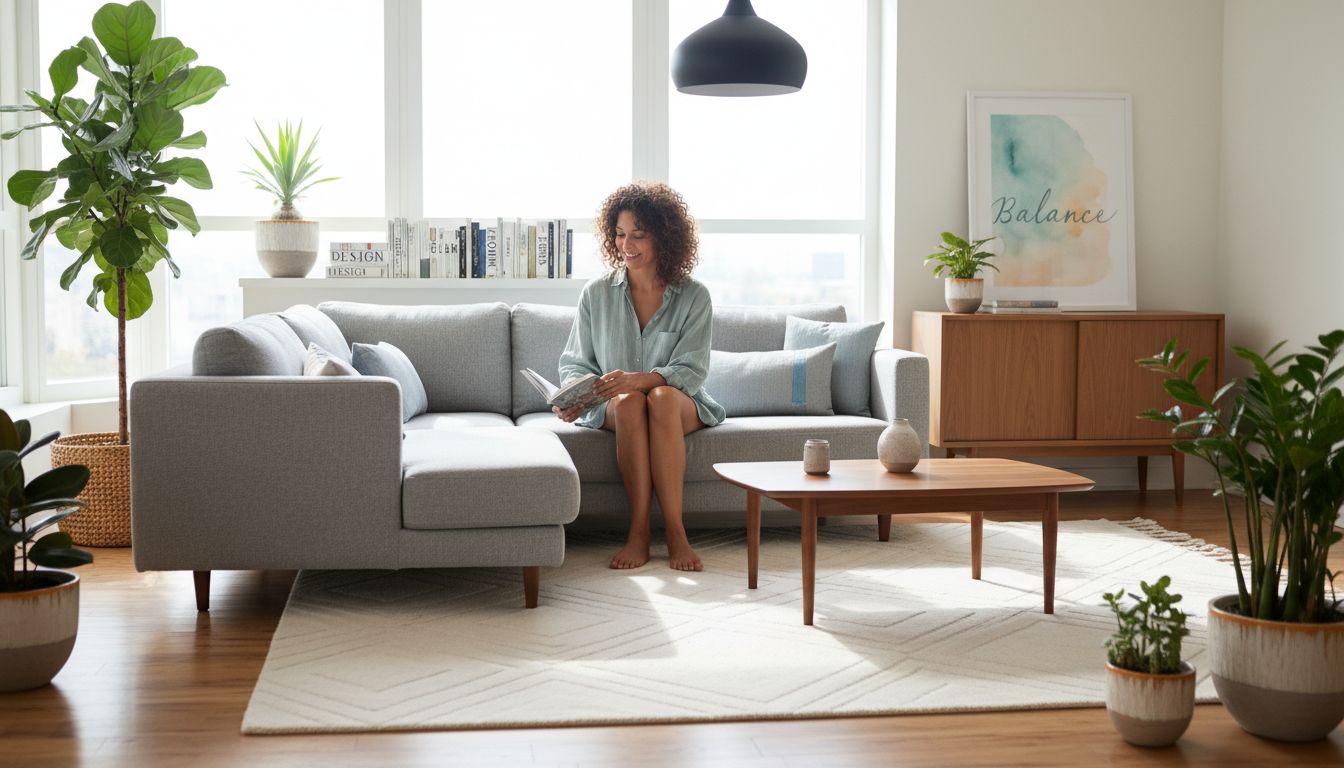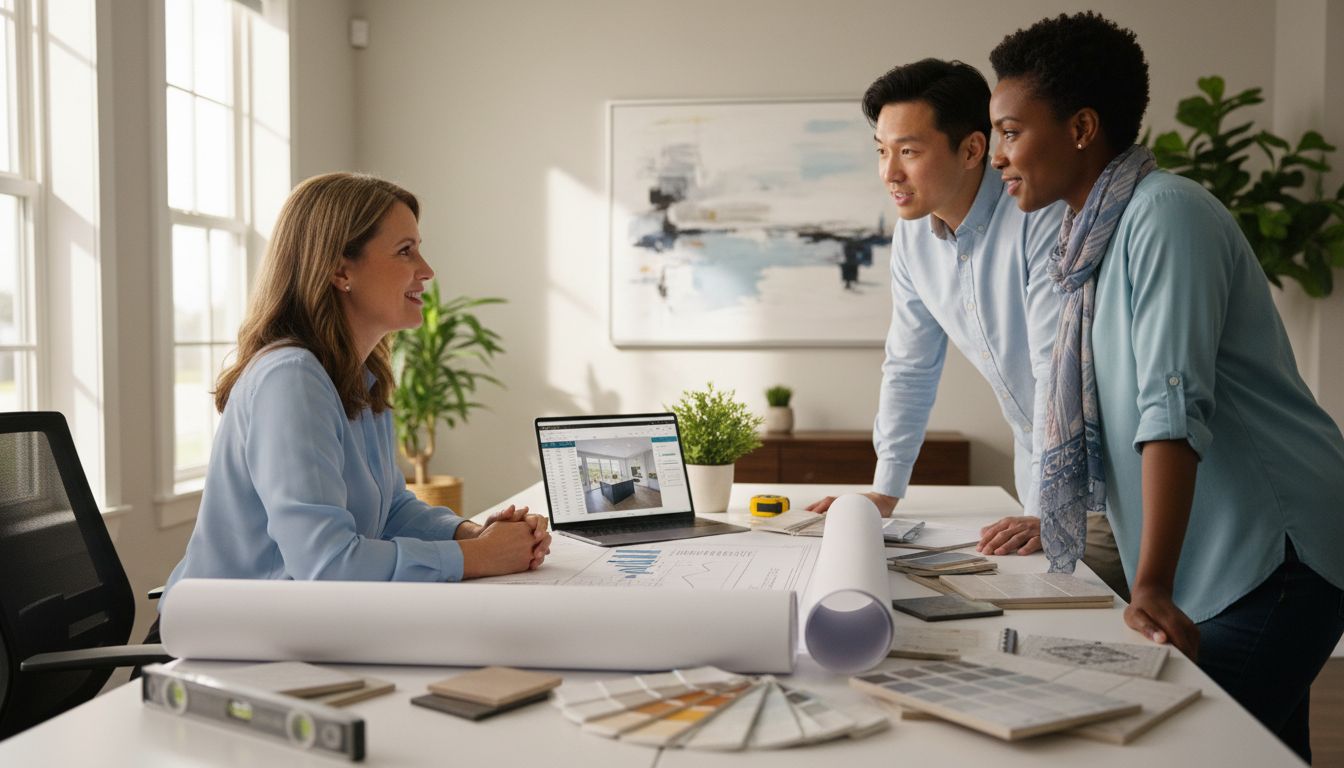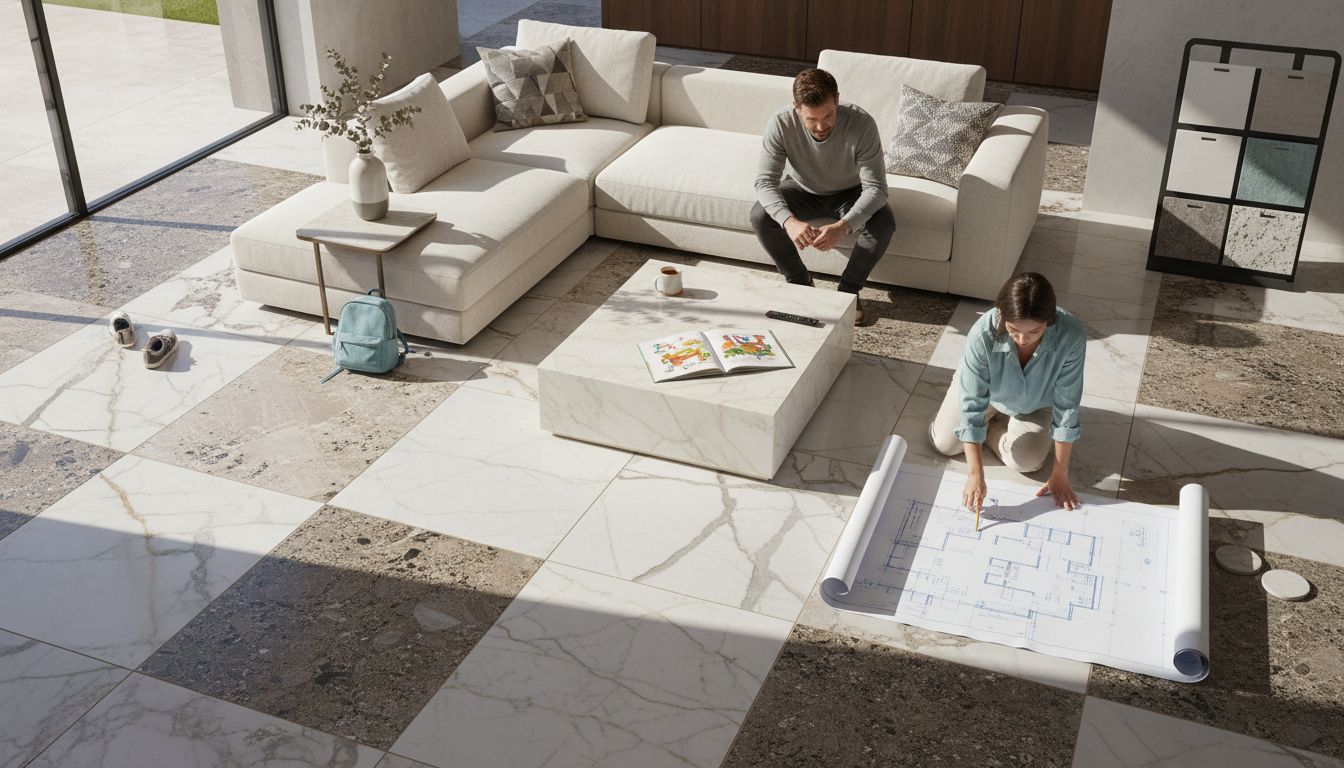Did you know that over one billion people worldwide experience some form of disability? Designing spaces and products without considering this diversity can leave many feeling unwelcome or excluded. Inclusive design turns this challenge into an opportunity by making everyday environments comfortable and intuitive for everyone. Discover how thoughtful choices make all the difference, shaping experiences that feel natural and empowering for people of all backgrounds and abilities.
Table of Contents
- Defining Inclusive Design Principles
- Types of Inclusive Design Approaches
- Core Characteristics of Inclusive Design
- Applying Inclusive Design in Tile Selection
- Common Mistakes and Compliance Guidelines
Key Takeaways
| Point | Details |
|---|---|
| Inclusive Design Emphasis | Focuses on creating spaces that support diverse experiences, valuing human variation as an asset rather than a limitation. |
| Core Approaches | Incorporates Human-Centered Design and Universal Design to eliminate barriers and create accessible environments for all users. |
| Design Characteristics | Prioritizes flexibility, equitable use, and simplicity to ensure intuitive interactions and minimize potential errors in design. |
| Common Mistakes | Includes assumptions about user uniformity and reactive modifications, highlighting the importance of proactive user engagement and compliance with accessibility standards. |
Defining Inclusive Design Principles
Inclusive design is a transformative approach that reimagines how we create spaces, products, and experiences. Inclusive design goes far beyond mere accommodation, focusing instead on creating environments that naturally welcome and support diverse human experiences. According to Mass.gov, it is a framework designed to “accommodate the widest range of people operating in the widest range of situations without special or separate design.”
At its core, inclusive design recognizes human diversity as a strength rather than a challenge. This means moving away from designing for an imagined “average” user and instead developing solutions that adapt to individual needs and preferences. The approach considers multiple dimensions of human variation, including:
- Physical abilities and mobility
- Sensory perceptions (vision, hearing)
- Cognitive processing and learning styles
- Cultural backgrounds and languages
- Age and generational perspectives
- Technological familiarity
By prioritizing flexibility and universal accessibility, inclusive design creates environments that feel intuitive and comfortable for everyone. It’s not about creating separate spaces but integrating thoughtful design choices that naturally support diverse human experiences. Whether you’re a homeowner planning a renovation or a professional designer, understanding these principles can transform how you approach spatial and product design.
The ultimate goal of inclusive design is radical empathy. It challenges designers to step outside their personal experiences and imagine how different people might interact with a space or product. This means considering not just physical accessibility, but emotional and psychological comfort as well. Successful inclusive design feels seamless, almost invisible - creating environments where everyone can participate fully and confidently, regardless of their individual characteristics or abilities.
Types of Inclusive Design Approaches
Inclusive design is not a one-size-fits-all methodology but a nuanced framework with multiple strategic approaches. Mass.gov highlights two primary methodologies: human-centered design and universal design, each offering unique perspectives on creating more accessible environments.
Human-Centered Design
Human-centered design places direct user experience at the forefront of the creative process. This approach involves actively engaging with diverse user groups, understanding their specific challenges, and developing solutions that genuinely address their needs. Key characteristics include:
- Extensive user research and direct feedback
- Prototype testing with diverse participant groups
- Iterative design processes that prioritize user experience
- Continuous adaptation based on real-world user interactions
Universal Design
Universal design takes a broader approach, aiming to create environments, products, and systems that are inherently usable by people with the widest possible range of abilities. Rather than retrofitting for specific needs, universal design integrates accessibility from the initial conception. This method considers factors like:
- Equitable use across different physical and cognitive capabilities
- Flexibility to accommodate individual preferences
- Simple and intuitive interaction methods
- Perceptible information regardless of sensory limitations
- Minimal physical effort required for usage
Both approaches share a fundamental goal: eliminating barriers and creating seamless, dignified experiences for everyone. Whether you’re designing a home renovation, a digital interface, or a public space, understanding these inclusive design approaches can help you create more welcoming, adaptable environments that celebrate human diversity.

Here’s a comparison of Human-Centered Design and Universal Design approaches:
| Characteristic | Human-Centered Design | Universal Design |
|---|---|---|
| Focus | Individual user needs | Broad range of users |
| User Research | Extensive, direct feedback | Generalized user profiles |
| Design Process | Iterative, adaptive | Integrates accessibility from the start |
| Testing Methods | Prototype testing with diverse groups | Usability across widest user base |
| Adaptability | Continuous adaptation | Built-in flexibility |
| Accessibility Approach | Specific solutions for identified needs | Inherent accessibility for all |
Core Characteristics of Inclusive Design
Inclusive design transcends traditional design approaches by fundamentally reimagining how we create spaces and experiences. Mass.gov defines inclusive design as a framework focused on “accommodating the widest range of people in various situations without the need for special or separate design” - a powerful statement that encapsulates its transformative potential.
The core characteristics of inclusive design are rooted in understanding and celebrating human diversity. This approach recognizes that people interact with environments and products differently based on their unique abilities, backgrounds, and experiences. Key characteristics include:
- Flexibility: Designs that adapt to multiple user needs
- Equitable Use: Solutions that provide equal access and experience
- Simple and Intuitive: Interfaces and spaces that are easy to understand
- Perceptible Information: Communication that works across sensory capabilities
- Error Tolerance: Designs that minimize potential risks and mistakes
At its heart, inclusive design is about removing barriers and creating environments that feel natural and welcoming to everyone. It challenges designers to think beyond standard assumptions and consider the full spectrum of human experience. This means moving past compliance checklists and truly empathizing with diverse user needs - whether that’s designing a kitchen that works for someone using a wheelchair, creating a website readable by people with visual impairments, or developing public spaces that feel comfortable for individuals with different cognitive processing styles.
Successful inclusive design becomes almost invisible. When done right, people don’t notice the deliberate accommodations because the environment feels inherently comfortable and intuitive. It’s not about making things different, but making things better for everyone. By embracing these principles, designers and creators can develop solutions that don’t just meet basic accessibility requirements, but genuinely enhance human experiences across all dimensions of diversity.
Applying Inclusive Design in Tile Selection
Tile selection is far more than an aesthetic choice - it’s a critical opportunity to create spaces that work for everyone. Mass.gov emphasizes that inclusive tile design involves carefully considering “factors such as texture, color contrast, and ease of maintenance to ensure accessibility and safety for a diverse range of users.”
Key Considerations for Inclusive Tile Selection
When approaching tile selection through an inclusive design lens, multiple factors come into play:
- Texture: Choose tiles with slip-resistant surfaces to prevent accidents
- Color Contrast: Select tiles with clear visual distinctions to aid navigation
- Light Reflection: Opt for materials that reduce glare and enhance visibility
- Durability: Pick tiles that maintain performance across different usage scenarios
- Maintenance: Select tiles that are easy to clean and maintain
Understanding sensory and physical diversity is crucial in tile selection.
 For individuals with visual impairments, high-contrast tiles with distinct texture changes can help navigate spaces more confidently. For those with mobility challenges, smooth transitions between tile surfaces and minimal grout lines can reduce tripping risks. How to Match Tiles: Achieve a Seamless Look in Your Space provides additional insights into creating cohesive, accessible tile designs.
For individuals with visual impairments, high-contrast tiles with distinct texture changes can help navigate spaces more confidently. For those with mobility challenges, smooth transitions between tile surfaces and minimal grout lines can reduce tripping risks. How to Match Tiles: Achieve a Seamless Look in Your Space provides additional insights into creating cohesive, accessible tile designs.
Ultimately, inclusive tile design is about creating environments that feel intuitive and comfortable for everyone. It’s not about compromise, but about expanding our design imagination to recognize that great design serves all users equally. By thoughtfully selecting tiles that accommodate diverse needs, we transform spaces from merely functional to genuinely welcoming.
Common Mistakes and Compliance Guidelines
Inclusive design requires meticulous attention to detail and a proactive approach to accessibility. Mass.gov highlights that “common mistakes involve not considering the full range of user needs and failing to comply with accessibility standards” - a critical insight for designers and homeowners alike.
Frequent Pitfalls in Inclusive Design
Designers and professionals often fall into predictable traps that undermine inclusive design intentions:
- Assuming Uniformity: Designing for a mythical “average” user
- Overlooking Sensory Variations: Ignoring diverse perceptual capabilities
- Reactive Modifications: Adding accessibility features as afterthoughts
- Limited User Testing: Failing to engage diverse user groups during design
- Aesthetic Prioritization: Valuing visual appeal over functional accessibility
Compliance and Best Practices
To avoid these common mistakes, professionals should:
- Conduct comprehensive user research
- Implement universal design principles from project inception
- Perform iterative testing with diverse user groups
- Stay updated on current accessibility standards
- Prioritize functional adaptability over aesthetic constraints
Master Mixing Tile Patterns for Stunning Spaces offers additional insights into creating visually appealing yet accessible design solutions. Ultimately, compliance isn’t just about meeting minimum requirements - it’s about creating environments that genuinely welcome and support all users, regardless of their physical or cognitive abilities. By embracing a holistic, empathetic approach, designers can transform spaces from merely functional to truly inclusive.
Create Truly Inclusive Spaces with Thoughtful Tile Choices
The challenge of inclusive design lies in embracing diversity without compromise. This means selecting tiles that provide flexibility, safety, and comfort for everyone—from slip-resistant textures to high-contrast colors that support navigation for all users. At TileChoices.com, we understand that achieving this balance requires both functionality and style. Our extensive collection includes options with carefully considered textures and durable materials that help transform your spaces into welcoming environments aligned with the principles of inclusive design.
Explore our range today to find tile solutions that prioritize universal accessibility while enhancing your home or commercial project. Don’t settle for ordinary when you can create spaces that truly serve every individual’s needs. Visit TileChoices.com to browse curated collections that align with key inclusive design concepts and start selecting tiles that deliver beauty and inclusivity. Ready to make your project welcoming and safe for everyone now Explore our website and bring your inclusive design vision to life.
Frequently Asked Questions
What are the key principles of inclusive design?
Inclusive design principles focus on accommodating the widest range of people in various situations by emphasizing flexibility, equitable use, simplicity, perceptible information, and error tolerance.
How does human-centered design differ from universal design in inclusive design?
Human-centered design emphasizes direct user experience through extensive user research and feedback, while universal design integrates accessibility from the beginning, aiming to create solutions usable by a broad range of abilities.
Why is tile selection important in inclusive design?
Tile selection plays a crucial role in inclusive design as it involves considering factors like texture, color contrast, light reflection, durability, and maintenance, all of which contribute to accessibility and safety for diverse users.
What common mistakes should designers avoid when implementing inclusive design?
Designers should avoid assuming uniformity, overlooking sensory variations, implementing modifications reactively, conducting limited user testing, and prioritizing aesthetics over functional accessibility.

